If you’re one of those people who makes their breakfast out of toasted English muffins, fried egg, a ham or sausage patty, and a slice of cheese, does that make you guilty of a McKnockoff?
After all, left to your own devices in the kitchen, it’s a free-for-all to build something satisfying, guilt-ridden, and profanely ingenious all in one bite. But unless you’re selling and earning from it, then no, you’re not infringing on any intellectual property rights.
“If you prepare it in your house and eat it, who cares? But when you start commercializing it, that’s another story,” says intellectual property expert Atty. Oscar Manahan, managing and senior partner of O.M. Manahan and Associates.
“If you prepare it in your house and eat it, who cares? But when you start commercializing it, that’s another story,” says intellectual property expert Atty. Oscar Manahan, managing and senior partner of O.M. Manahan and Associates.
Herb Peterson may have invented the Egg McMuffin and introduced it in 1972 but its sandwich structure could have existed elsewhere, possibly even before then, considering how people have been experimenting with food since, well, the beginning of humankind. You can also argue that stacking known ingredients is not a trade secret unlike, say, the KFC Original Recipe, with its secret blend of 11 herbs and spices, since the information isn’t available to the public.
So what does the unassuming breakfast sandwich mean for chefs and restaurateurs who are in the sometimes-confusing crossfire of culinary copying and creativity culling? That even if food plagiarism may sound like a travesty, it’s something that should be taken seriously.
Identity theft and food plagiarism
Chefs are valuable assets to a restaurant business and more often than not, they have built their careers on signature dishes that, in time, latch on to their names themselves: Thomas Keller and his oysters and pearls come to mind. Smoked salmon pizza is attributed to Wolfgang Puck while the boeuf bourguignon conjures an image of the tremendously passionate Julia Child. More recently, Dominique Ansel struck gold when he introduced the Cronut to the Manhattan masses.
And when something clicks, the masses pounce. Food becomes a launchpad for success. Based on a forecast from the National Restaurant Association, US restaurant industry sales are anticipated to reach $783 billion this year. At best, it suggests that the food industry is entering a financially stronger phase, possibly generating more businesses, but at worst, it implies that people are also only in it for the money.
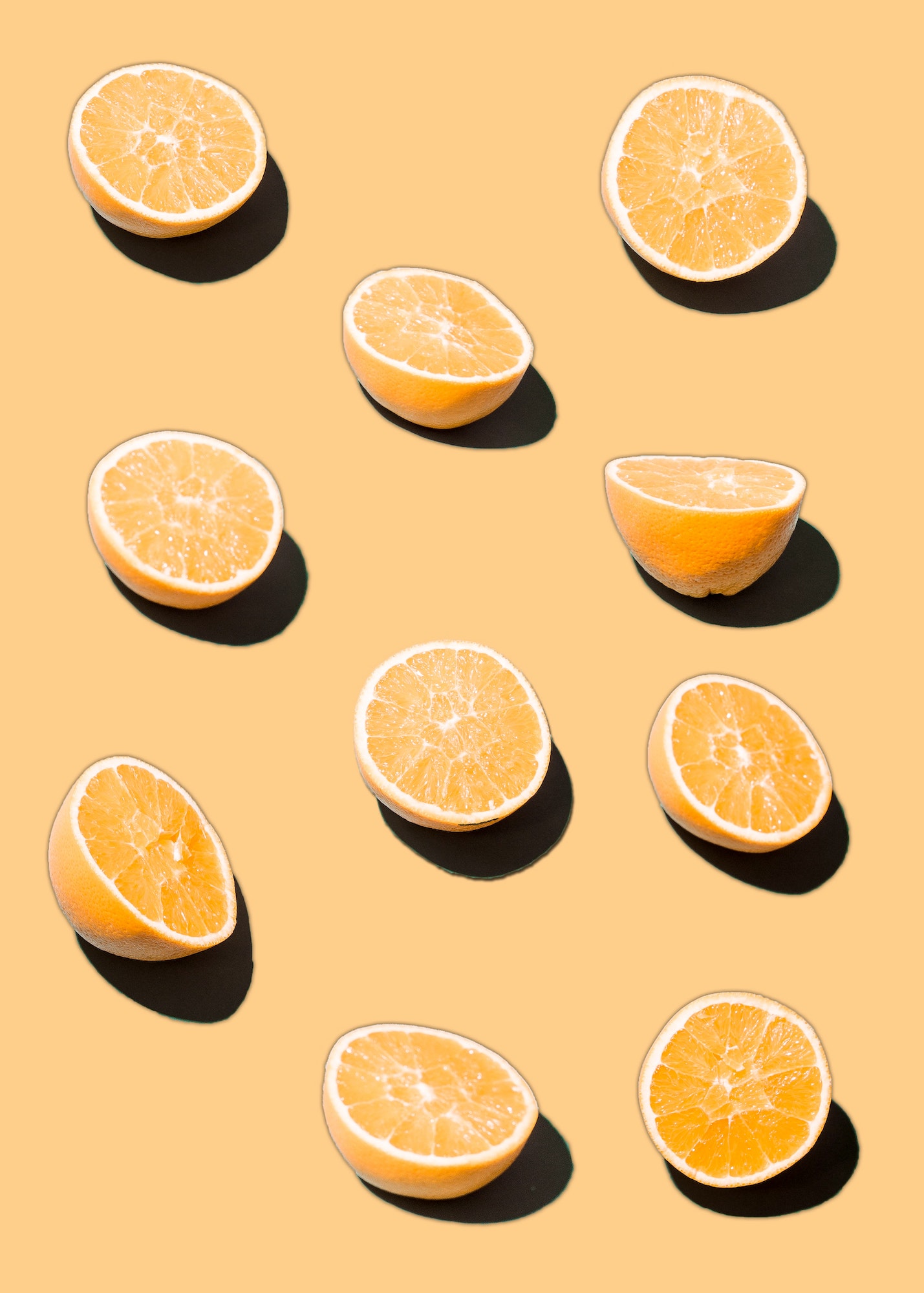
Here in the Philippines, the likes of chefs Robby Goco and Bruce Ricketts have earned their stripes through their restaurants, styles, and business acumen. But having a legacy alone doesn’t protect anyone from the threat of copycats.
“When people see that you’re making money out of what you did, they would imitate or copy you,” says Goco. “The sad part about this is that they copy your product and then sell it cheaper.”
In the more than 20 years that Goco has been in the industry, he has helped form the business model of casual dining in the Philippines and introduced new concepts like cinema grub outlet Munchtown and farm-to-table restaurant Green Pastures, but none invites more imitators than flagship brand Cyma Greek Taverna.
“When people see that you’re making money out of what you did, they would imitate or copy you,” says Goco. “The sad part about this is that they copy your product and then sell it cheaper.”
Known for its progressive Greek cuisine, Cyma has also been unofficially taken across the country, overseas and back numerous times with two copycat restaurants burning brightly somewhere in East Asia and a new one under way.
“Our lawyers had to write and tell them not to do what they’re doing,” says Goco, revealing that the impersonators made an exact replica, even down to the words on the menu. “There’s no such thing as Roka Salata in Greece,” he says, “but people now claim that it’s an original Greek recipe. Here, there’s like three or four restaurants saying it’s authentic. I mean, come on, do your research. Don’t just look at a successful model and copy it.”
When little accusatory assaults start to loiter in the industry, it usually results in an awful aftermath or a lawsuit. In Goco’s case though, he turned his own lemons into lemonade instead, taking the imitation brand as market research to venture outside local shores and assert his own brand of excellence. “It has opened a door for us now to go out to Southeast Asia.”
Creative circulation
Nearly four years since his Sensei Sushi breakout and a momentous partnership with Mecha Uma in 2014, Ricketts is still reaping the benefits of his omakase flair and, along with it, the arrivals of high-profile mimicry. Ricketts still believes originality exists, but “it’s really based on the person looking at the food or eating in the restaurant. What’s original to the maker might not be original to the person interpreting his work.”
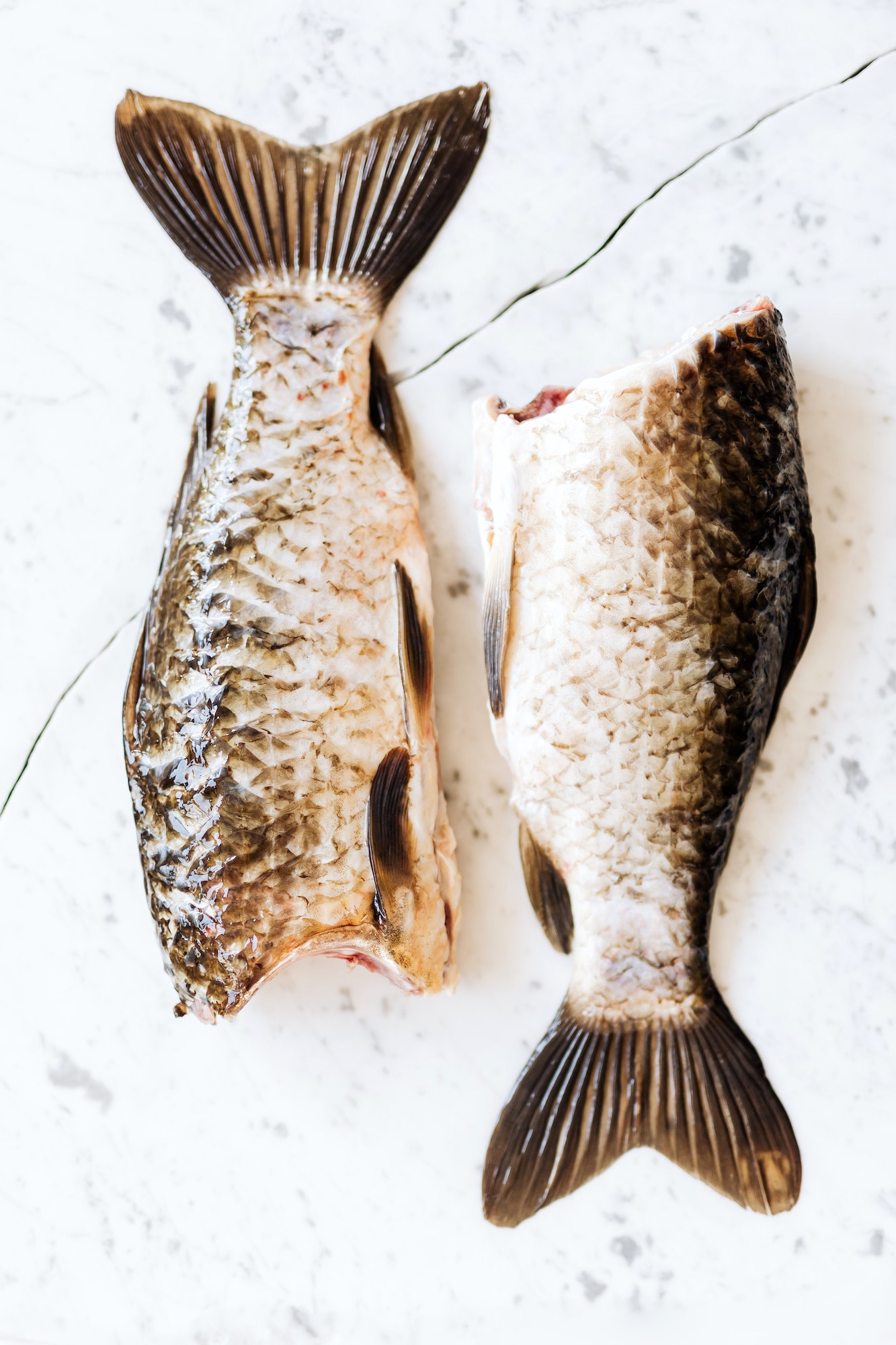
Although it’s clear that Ricketts’ reverence for innovation has always informed his approach, there will always be others who will reference the same elements with impunity, even dishes that allude to his entire philosophy, despite the obvious comparisons, purely out of coincidence.
“To literally copy things would be wrong. To be inspired or moved by a certain dish is a different story,” Ricketts says. “As cooks we will always try to find inspiration from other cooks, restaurants, chefs, and ingredients. It would be great though to include or let people know who or where you got the dish or inspiration from.”
“To literally copy things would be wrong. To be inspired or moved by a certain dish is a different story,” Bruce Ricketts says. “As cooks we will always try to find inspiration from other cooks, restaurants, chefs, and ingredients. It would be great though to include or let people know who or where you got the dish or inspiration from.”
Food plagiarism is a precarious scenario, but not something that is wholly unfamiliar. An explanation for the counts of copying could be hierarchical diffusion, a concept where ideas are spread from persons of authority to other people or places.
What many chefs do when they travel outside the country is actually a kind of hierarchical diffusion. Like what Goco did when he immersed himself in Greece to learn about the cuisine and culture, then returned to the Philippines to disperse what he had learned, only done askew. “Sixty percent of the items on Cyma aren’t really authentic Greek,” Goco says. “This is my interpretation of their cuisine.”
Further proof
So with all the intellectual property issues plaguing the industry, what can chefs do to protect themselves? “If you are the one who conceptualized it and you know it’s rare and could be a bestseller, the best thing you can do is to protect it as a utility model,” advises Atty. Manahan, who has conducted the prosecution and grant of over 1,500 patents for invention, design, and utility model registration in the Philippines.
“For the menu and food, it’s called utility model. If the idea is novel, you can pursue protection for it as a utility model because it’s industrially applicable and can be replicated. You can do as many of that but for you to exclude others, you have to register that with the Intellectual Property Office of the Philippines.”
An oft-cited example of a utility model is banana ketchup, because it’s a unique, original model for consumption. Both the process of making banana ketchup and the final product are registered.
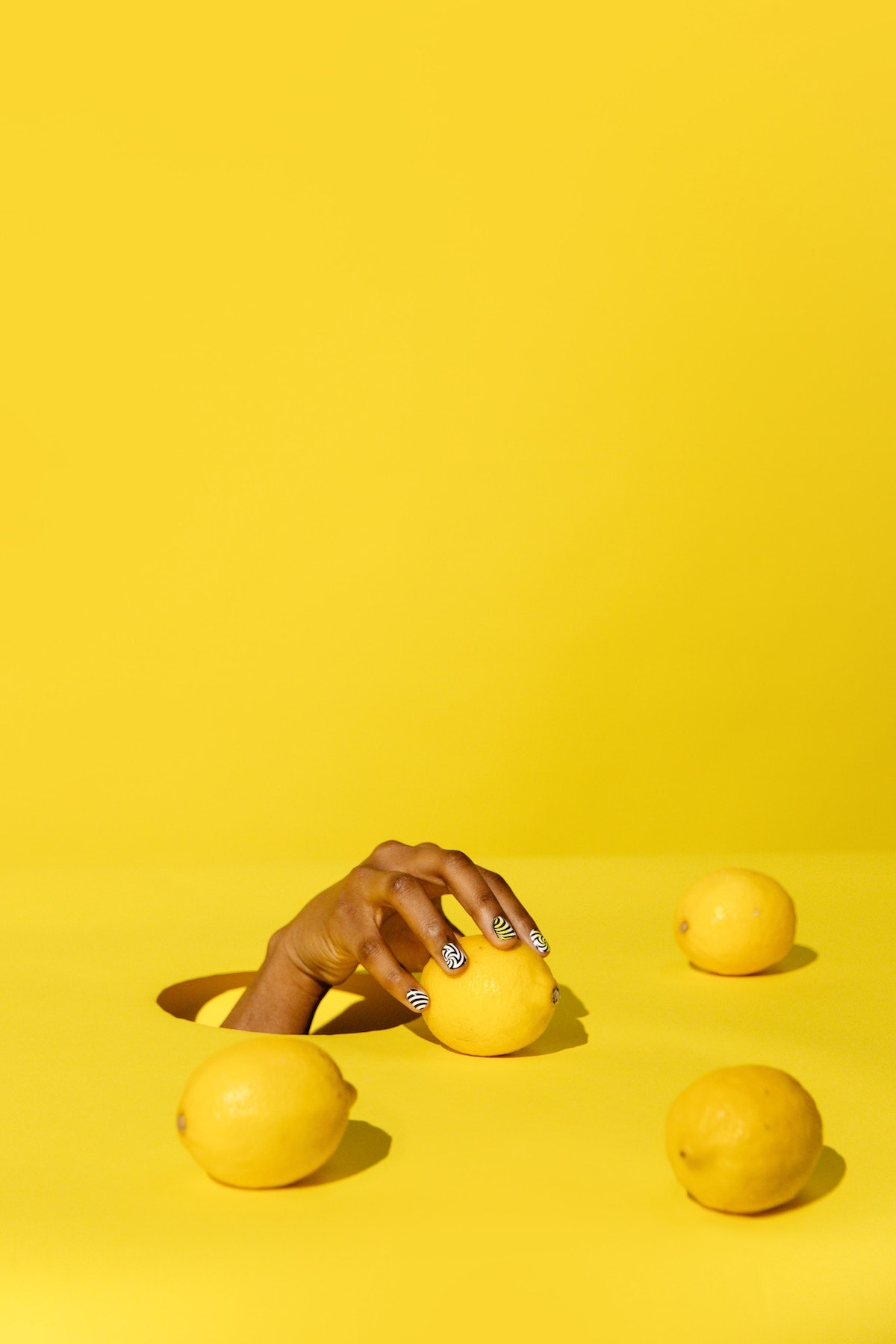
But food can be a confusing commodity. “You don’t copyright food, you register that as a utility model,” clarifies Atty. Manahan. “Food is not artistic; it’s not literary. In copyright, for example, there is only one Mona Lisa, the others are just replicates. There can be no mold for that. In industrial applicability, it pertains to mass production like muffins and croissants.”
Can you copyright a recipe though? Unless there’s considerable creative expression as in a cookbook or anything that changes the narrative then it is not copyrightable since a list of identified ingredients or established processes are known facts.
“You don’t copyright food, you register that as a utility model,” clarifies Atty. Manahan. “Food is not artistic; it’s not literary. In copyright, for example, there is only one Mona Lisa, the others are just replicates. There can be no mold for that. In industrial applicability, it pertains to mass production like muffins and croissants.”
In addition to utility models, trademarks like Jollibee or Coca-Cola, including the name and signage, can be registered separately. Even Ansel’s Cronut is trademarked, which means you can’t use it here.
“Meron kasi tayong Madrid Protocol na signatory ang Philippines. Kaya kapag na-register sa America, America is also a signatory to that; it extends protection here,” says Atty. Manahan. “But you know enforcing that… the enforcer will always look at the pragmatic aspects of the cost of enforcement. If these are big competitors that have raked in a majority of the market then they will take the necessary steps.”
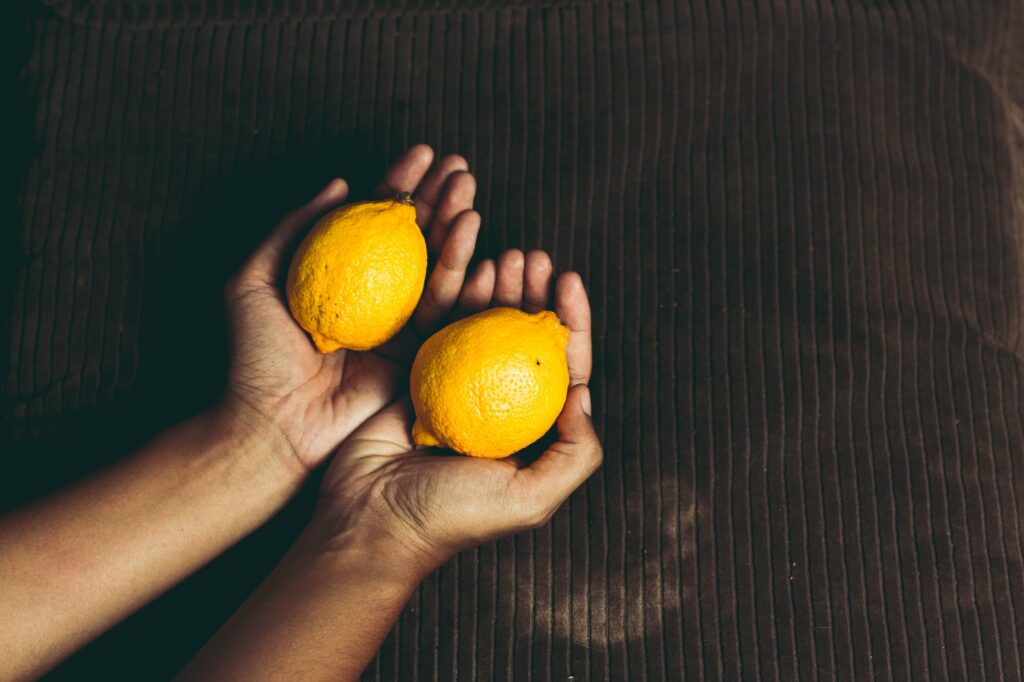
A classic example is when Gordon Ramsay tried to trademark “The Spotted Pig,” an already existing gastropub in New York, in the UK in 2012. The social media outcry was rapid and destructive, even prompting Jamie Oliver to tweet “we like originals” and Anthony Bourdain to call the application “shameful.” Ramsay has since handed the trademark to owners Mario Batali and April Bloomfield.
@Bourdain here here Anthony April & ken have built something very special & one day I hope they will bring it to London. We like originals
— Jamie Oliver (@jamieoliver) November 21, 2012
Another source of controversial behavior circling the industry is plating plagiarism. Can the way food is presented be so distinctive that it merits protection? With social media, it’s easier to spot those whose creative integrity can be deemed questionable as in the rumored conflict between a progressive Filipino restaurant and a New York-inspired café where a healthy sprinkling of scallions, sunny side up eggs, and a citrus wedge toed the line between capturing the captivating and getting captured red-handed on Instagram. Atty. Manahan says it’s possible to register protection for its design.
No one’s business
Yet this specter of rampant replication also opens up the age-old argument of originality’s existence in an “industry where no idea is truly original,” says David Sax, author of trend tome The Tastemakers, in the Washington Post article “One of these is the Cronut. The other is food plagiarism. And you can’t stop it.”
Goco touches on this argument with abandon. “Yes, of course. You should have your identity and that’s how people connect with you. That’s why people go to you because you’re different.”
Originality is as much about personal conviction as it is universal. The imitation as flattery subtext is heavily played yet still remains relevant. When Yohji Yamamoto said to start copying what you love to find yourself in the end, it lends credence to what chefs like Goco and Ricketts say about an inspiration’s imprint on anyone’s work.
What then is the moral incentive in protecting yourself? Does it serve only to undermine the future of food? Atty. Manahan makes his point with lingering clarity: Unless you register, you cannot sue.
“Without registration, you cannot exclude somebody else from copying even if the person is your assistant chef. Piracy is fair game unless you’re registered. Without that, creators will no longer be inspired to create more because the government cannot even protect their interests.”
“Without registration, you cannot exclude somebody else from copying even if the person is your assistant chef. Piracy is fair game unless you’re registered. Without that, creators will no longer be inspired to create more because the government cannot even protect their interests.”
That the issue of food plagiarism simultaneously coexists with the thrill of creating is a stark reminder of why chefs need to remain on their toes. Of course, chances are that people will still obsess over who copied whom and if they want to spend their time speculating, then that’s fine. Says Ricketts, “It’s a bit of a gray area to say that businesses are copying from other businesses because to have legal proof would just be crazy. I think I’ll leave the public or the consumers to decide.”
As for the McKnockoff you’ll make tomorrow, maybe organic grass-fed meat, kesong puti, and a rich aioli will keep controversy away.
Originally published in F&B Report Vol. 13 No. 5


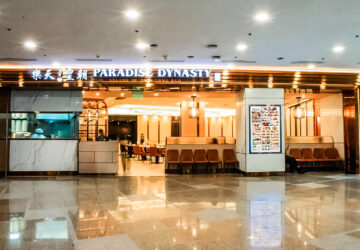
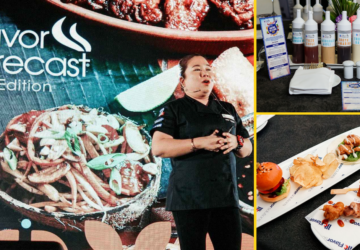

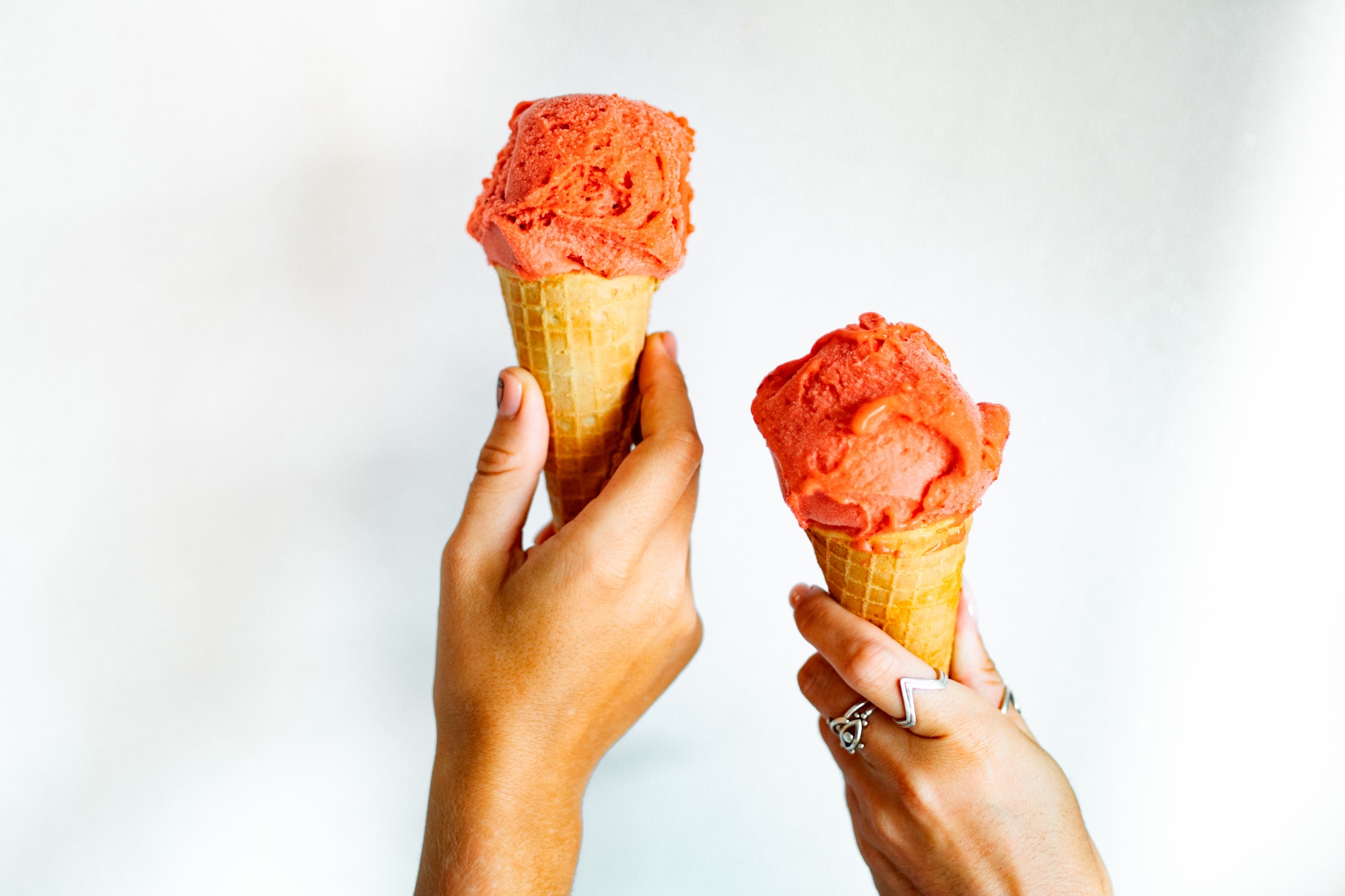
Now anotherbthing here is the Dream Cake!